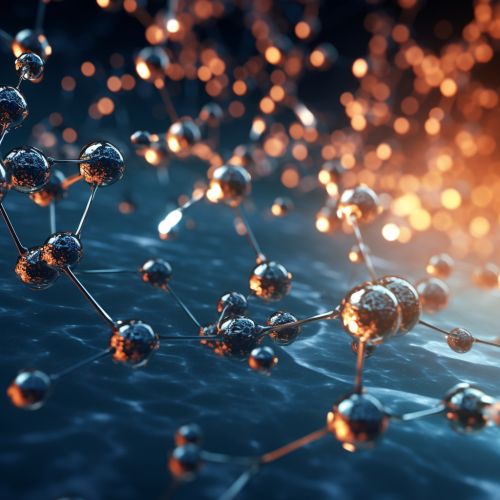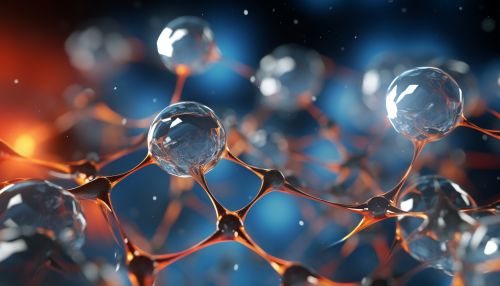AMPK
Introduction
Adenosine monophosphate-activated protein kinase (AMPK) is a crucial cellular energy sensor and regulator. It is a heterotrimeric protein complex that is formed by α, β, and γ subunits. Each of these subunits has several isoforms that are encoded by different genes, and this allows the AMPK complex to respond to a wide range of cellular stimuli. AMPK's role in maintaining cellular energy homeostasis makes it a key player in several metabolic disorders, including diabetes and cancer.


Structure and Function
The α subunit of AMPK contains the kinase domain, with threonine residue at position 172 (Thr172) in the activation loop being crucial for kinase activity. The β subunit acts as a scaffold and binds to the α and γ subunits, it also contains a carbohydrate-binding module that can bind glycogen. The γ subunit contains four cystathionine-β-synthase (CBS) domains, which create two Bateman domains. These Bateman domains bind AMP or ATP in a competitive manner.
Activation
AMPK is activated by an increase in the cellular AMP:ATP ratio, where AMP directly binds to the γ subunit causing a conformational change that makes AMPK less susceptible to dephosphorylation. It can also be activated by ADP, which, like AMP, binds to the γ subunit and promotes the phosphorylation of Thr172.
Role in Cellular Processes
AMPK plays a role in a wide range of cellular processes, including the regulation of energy metabolism, protein synthesis, and autophagy. It also has roles in cellular processes such as cell growth and proliferation, and the response to oxidative stress.
Role in Disease
Given its central role in energy metabolism and cellular homeostasis, AMPK is considered a therapeutic target for several diseases, particularly metabolic disorders. For example, the activation of AMPK can improve insulin sensitivity, making it a target for the treatment of type 2 diabetes. In addition, AMPK activation has been shown to inhibit tumor growth and proliferation, suggesting a potential role in cancer therapy.
Future Directions
The study of AMPK continues to be a rapidly evolving field, with new roles for this kinase being discovered all the time. As we continue to learn more about the complex roles of AMPK in cells and organisms, we can look forward to the development of new therapeutic strategies for a range of diseases.
